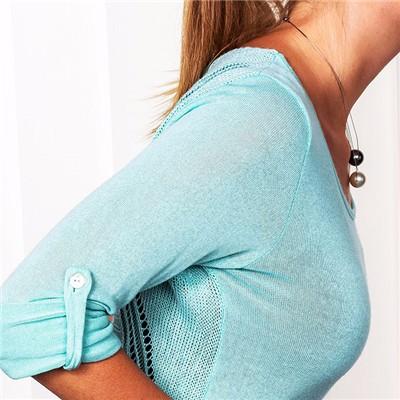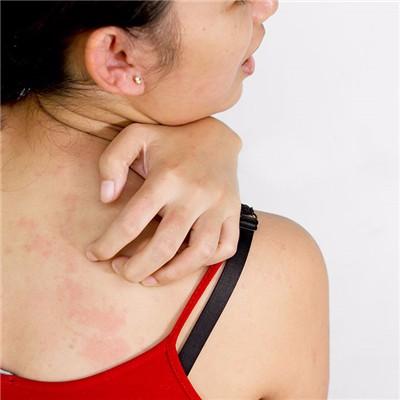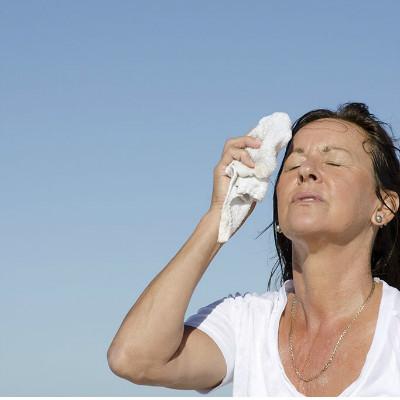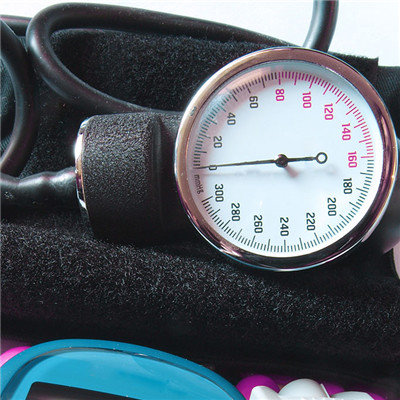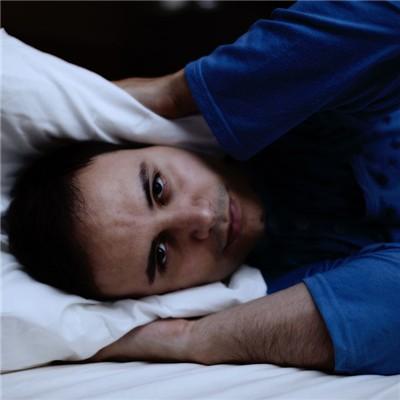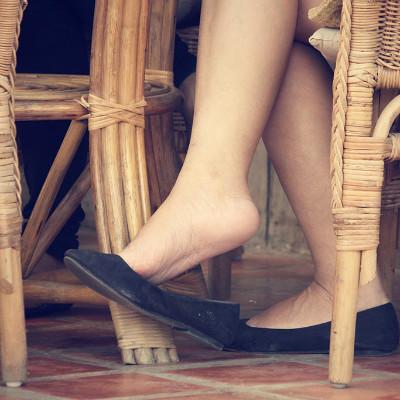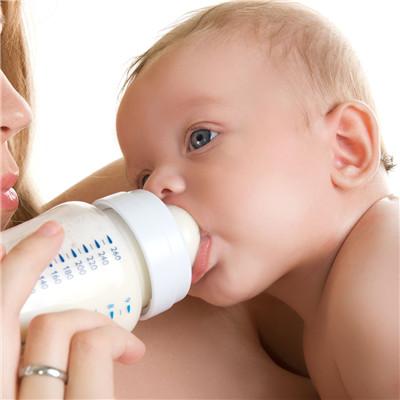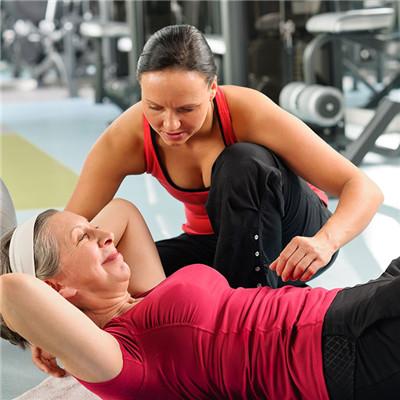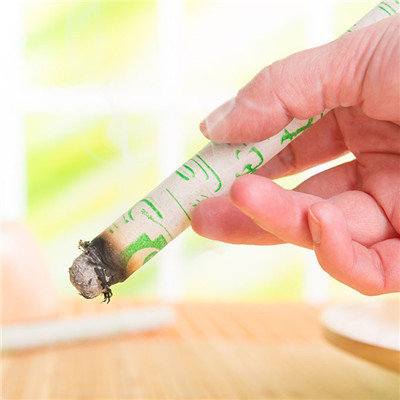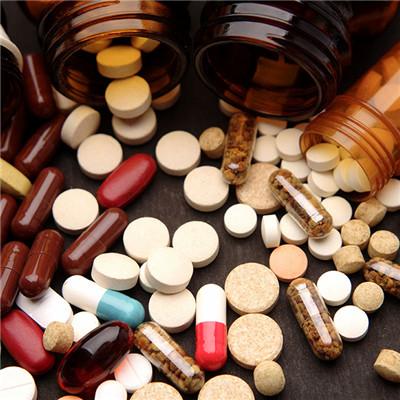Why does infantile rash happen?
summary
Parents who have children at home all know that babies are very easy to suffer from infantile rash, which is a kind of disease, and the incidence rate is fast, and the good ones are also very fast. But there are many parents do not understand what is a child rash, often at a loss. Why does infantile rash happen? Let's talk about it
Why does infantile rash happen?
The pathogen of infantile rash is human herpesvirus 6. Since the human body will have immunity to the virus after infection, it is rare to have reinfection. Therefore, the transmission of the virus is not only the sick baby, but also the healthy carrier of the virus in parents and family members, which can be transmitted through respiratory droplets.
The positive rate was 25% at 4 months, 76% at 11 months, 90% at 5 years old and 98% at 17 years old. Children's rash is more common in 6-18 months old baby, rare after 3 years old, spring, autumn and rainy season, there is no gender difference.
Babies under 1 year old are not fully developed and have poor resistance to diseases. Especially after 6 months, the level of anti infective substances such as antibodies from the mother and nutrients such as iron gradually decreased, while the baby's ability to synthesize antibodies is not perfect. Therefore, the baby's ability to resist infectious diseases gradually declined, prone to a variety of infectious diseases, especially common cold, fever.
matters needing attention
1. Keep indoor air circulation, pay attention to temperature and humidity, avoid overheating. 2. Diet should be easy to digest food, should be rich in vitamins, calories and an appropriate amount of protein, appropriate increase the amount of drinking water, avoid cold and greasy food. 3. Generally, patients do not need to be isolated. In collective children's institutions, susceptible children who contact patients should be closely observed for 10 days. If they have fever, they need to be temporarily isolated for treatment. 4. Pay attention to environmental hygiene and children's personal hygiene.
